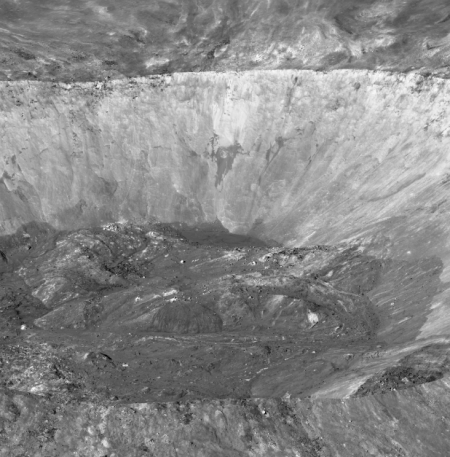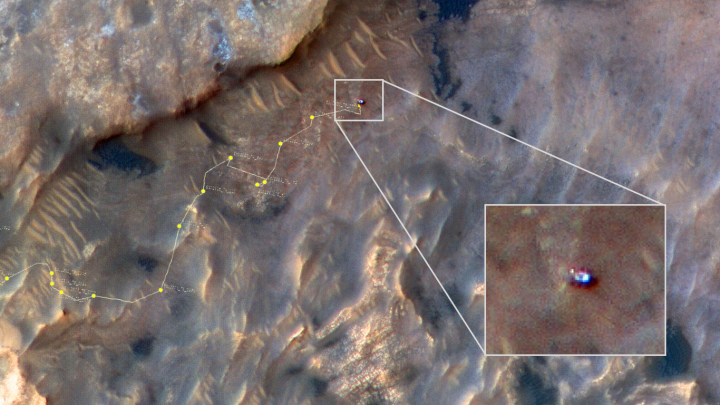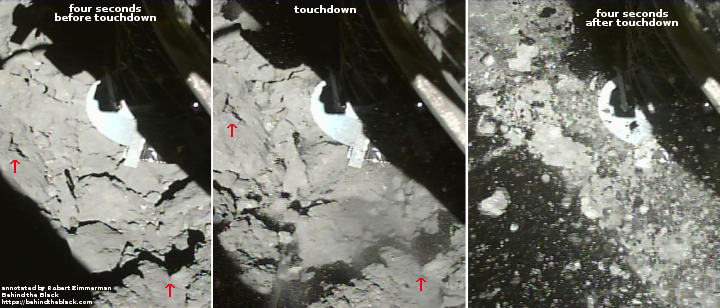Starhopper static engine test engulfs vehicle in flames
Capitalism in space: A Starhopper static engine test yesterday testing the newly installed Raptor engine resulted in the vehicle being engulfed in flames.
While the test itself appeared to fire for its full duration, events relating to this test appeared to cause some issues with Hopper, later seen when a secondary fire rose up to engulf the test vehicle. This is understood to have been related to two small fires – one on the vehicle and one on the pad.
A discharge of methane – during the safing of the vehicle, which involved a fire hose being directed at the small fires – ignited and caused a fireball to rise from the aft of the vehicle.
However, the vehicle survived and photos show it is suffering from no obvious damage from external views. This was backed up by a successful detanking and power down overnight.
I have embedded a slow motion video of the test below the fold, with that secondary fire occurring at about 50 seconds in, at about the moment it appears a stream of water hits a smaller fire.
Their plans had been to follow this static test with a 20 meter vertical flight of Starhopper, unattached. When this will occur is now unclear.
» Read more
Capitalism in space: A Starhopper static engine test yesterday testing the newly installed Raptor engine resulted in the vehicle being engulfed in flames.
While the test itself appeared to fire for its full duration, events relating to this test appeared to cause some issues with Hopper, later seen when a secondary fire rose up to engulf the test vehicle. This is understood to have been related to two small fires – one on the vehicle and one on the pad.
A discharge of methane – during the safing of the vehicle, which involved a fire hose being directed at the small fires – ignited and caused a fireball to rise from the aft of the vehicle.
However, the vehicle survived and photos show it is suffering from no obvious damage from external views. This was backed up by a successful detanking and power down overnight.
I have embedded a slow motion video of the test below the fold, with that secondary fire occurring at about 50 seconds in, at about the moment it appears a stream of water hits a smaller fire.
Their plans had been to follow this static test with a 20 meter vertical flight of Starhopper, unattached. When this will occur is now unclear.
» Read more




